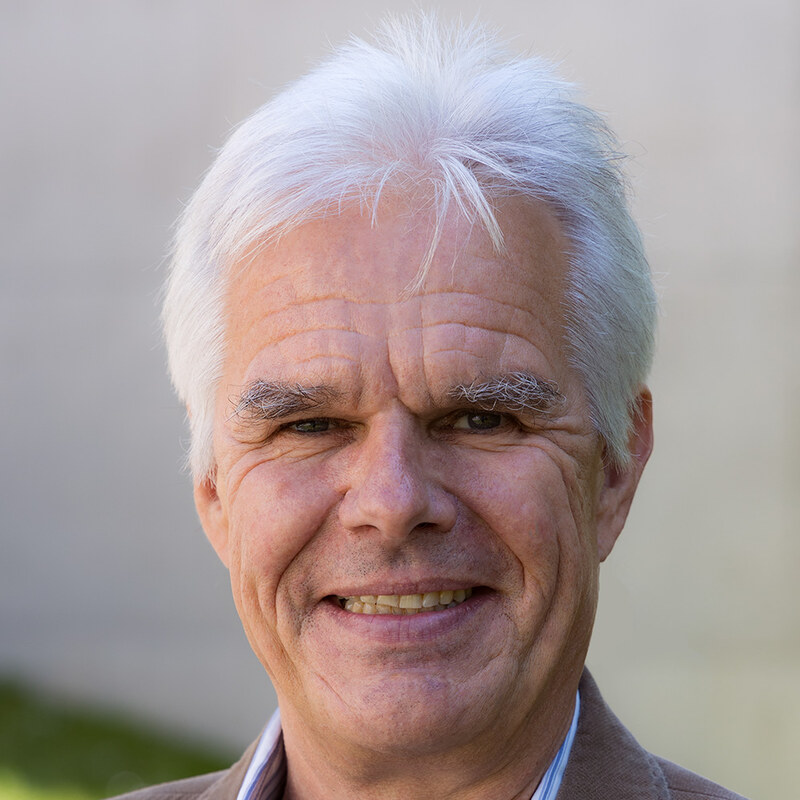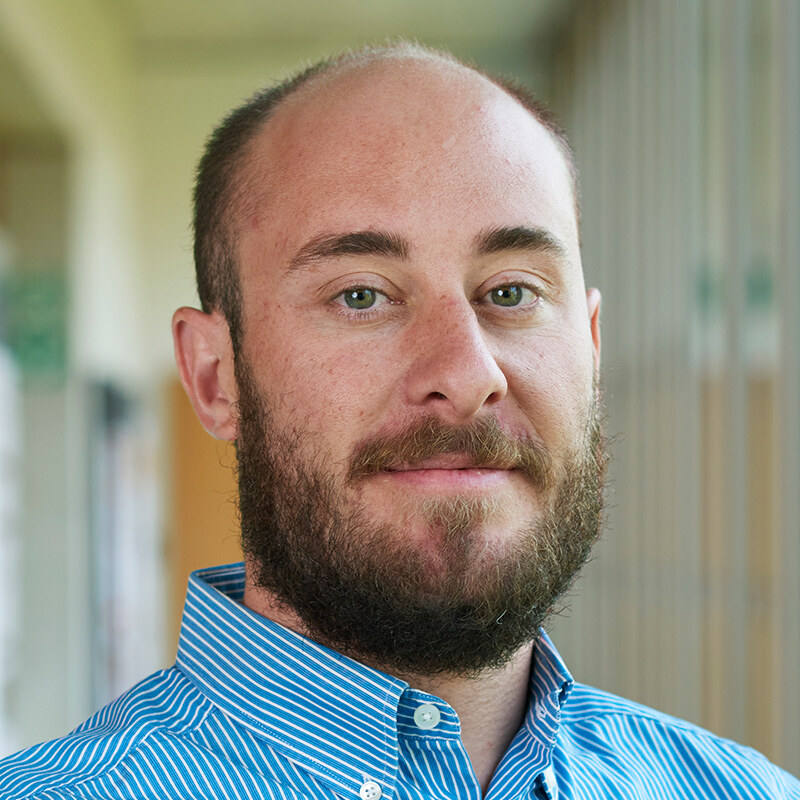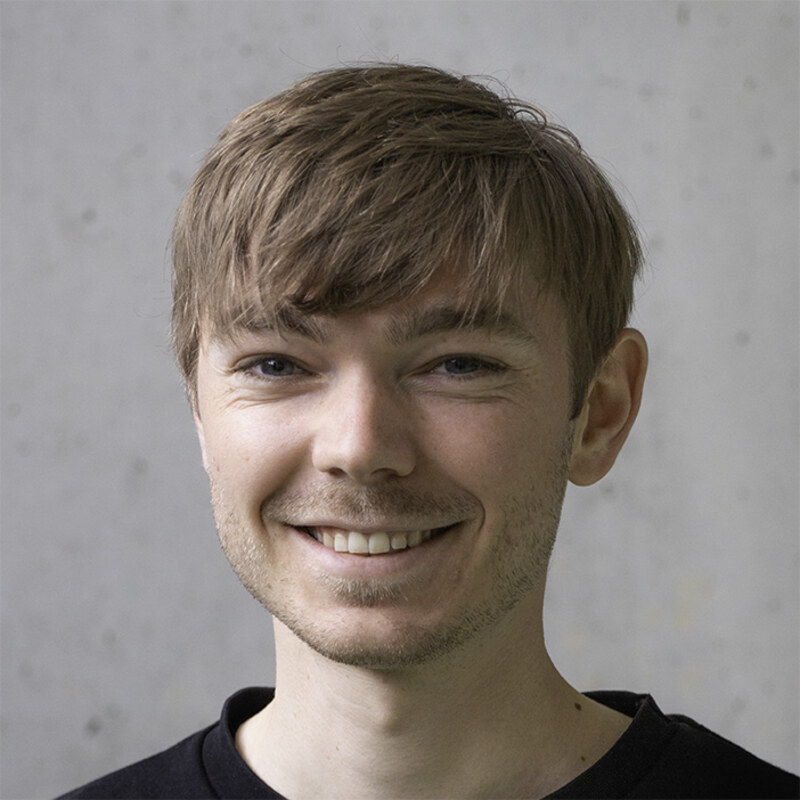Read more
Photonic Structural Materials with Controlled Disorder (ERC)
Discovering hidden correlations in disordered photonic materials
Structural colour reflected by photonic materials is typically attributed to highly ordered nanostructures with periodicities on the 100-nm length scale. When investigating structural colour in animals and plants, it is however becoming increasingly evident that brilliant photonic colour can also arise from seemingly disordered morphologies. This is surprising as uncontrolled disorder in photonic materials usually severely degrades their colour response. While some recent theories exist, the emergence of structural colour from disordered morphologies is fundamentally not understood. It is clear however that these disordered morphologies must possess "hidden correlations", which enable the formation of a photonic band gap.
This project will uncover the design rules that underlie disordered photonic morphologies, thereby contributing to the fundamental understanding of photonic materials. The project has a strong nature-inspired component, but will go beyond the examination of natural photonic materials. WP1 and WP2 will examine 3D and 2D disordered photonic morphologies in animals and plants, respectively. The structural analysis of these materials will uncover hidden correlations in seemingly random morphologies. WP2 and WP3 will manufacture materials that implement these correlations to recreate the optical signatures of the biological model organisms. This will test the statistical analysis of WP1 and WP2 and shed light on the in vivo synthesis of the disordered photonic morphologies. WP4 ties WP1-WP3 together by performing optical experiments and computer simulations. By analysing both the far- and near-field results of the simulations and comparing them with the structural correlations and optical experiments, the four WPs will not only provide a fundamental understanding of the interplay of structural correlations with optical interference in disordered materials, it will also establish design rules allowing their facile manufacture.
Main investigator
Involved people
- Related publications
- Related projects
Projects of DODERO Andrea
Projects of HEMMANN Florin
Projects of KAINZ Thomas
Projects of STEINER Ullrich
Projects of VOGLER-NEULING Viola






